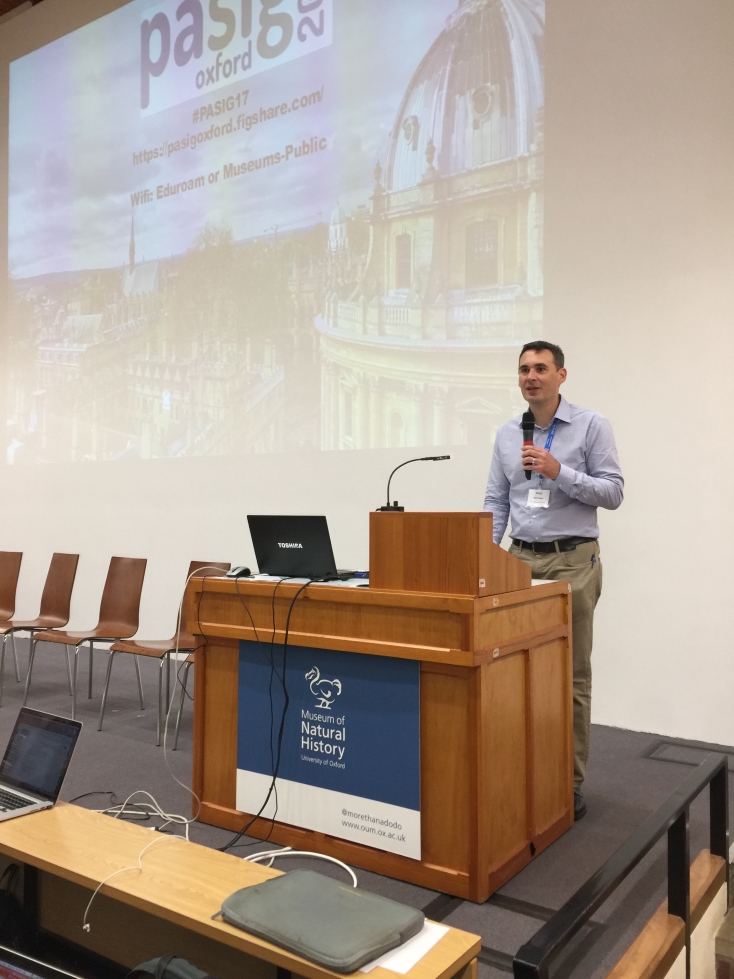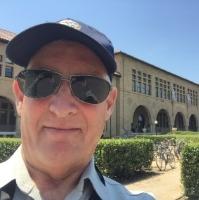Art Pasquinelli is LOCKSS Partnerships Manager at Stanford University Libraries in Palo Alto, California USA

I wanted to take the opportunity of the International Digital Preservation Day to do a retrospective on how we have evolved with regards to Preservation and permanent access over the last decade. So, I looked at two agenda snapshots; one from one of the earliest Preservation and Archiving Special Interest Group's (PASIG) meetings in May 2008 and the other the latest meeting in Oxford in September 2017. The initial meeting can be seen at http://www.preservationandarchivingsig.org/index.html and the latest one can be viewed at https://pasig.figshare.com/pasigoxford. After looking at the content of the two Preservation meetings I came away with a very positive impression. Here are a few reasons why I feel so upbeat.
1) People: There has been an amazing continuity of committed individuals in this community. Almost all of the early thought leaders who put the PASIG together are still active preservation practitioners. This is very important in maintaining long-term development directions and institutional collaborations. At every PASIG we ask how many of the attendees are new and the consistent answer is about 60%. Weaving topical threads between new and experienced hands-on users has helped the Preservation community both grow globally and broaden technologically. This would be a great time to do a "Thanks!" shout out to all the past and present PASIG program and steering committee members!
2) The Ecosystem: In 2007-2008 many of us were wondering just how robust the Preservation community was. I think any concern then has now been dispelled. Today we have healthy associations and groups to help us all work together. Associations like NDSA, PASIG, iPres, Open Repositories, and DPC are all in place to share best practices. Communities like MetaArchive, DuraSpace, COPPAL, APTrust, TDL, ADPN, and DPN support users involved in long-term repositories and preservation. Lastly, both the open source and commercial hardware and software vendors have grown in numbers and solution offerings.
3) Technology: A decade ago we basically put the PASIG together to compare working preservation IT architectures and workflows. People were not quite sure what their peers were doing. There was a lot of sharing of technical and economic findings and use cases for disk and tape. Solutions such as LOCKSS, Preservica (Tessella), Ex Libris were becoming more adopted. But today the variety of options in multi-tiered storage, preservation and repository software, and commercial cloud offers a much richer landscape of options. And the level and starting point of IT discussions is much deeper now.
4) The Scope of Digital Preservation: Permanent access to material has become a more relevant topic in more arenas than just university libraries and archives. The current community also includes web archiving projects, museums, federal and state agencies, journalistic organizations, corporate compliance groups, etc. These opened up new discussions in the recent Oxford PASIG that did not occur in 2008. This growth in topics and content types shows the vibrancy of the global Preservation community.

Read more...